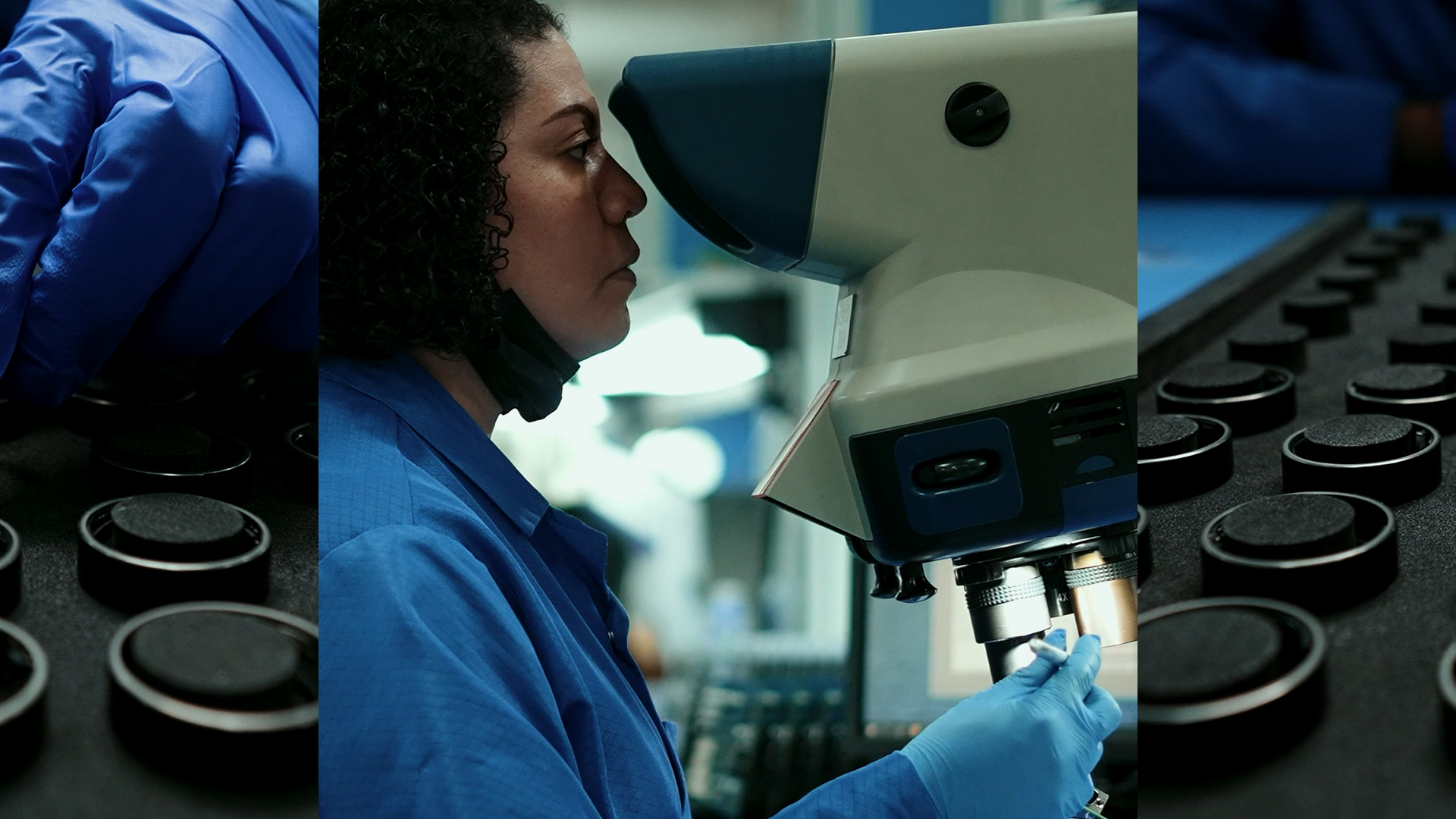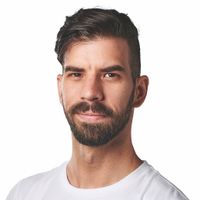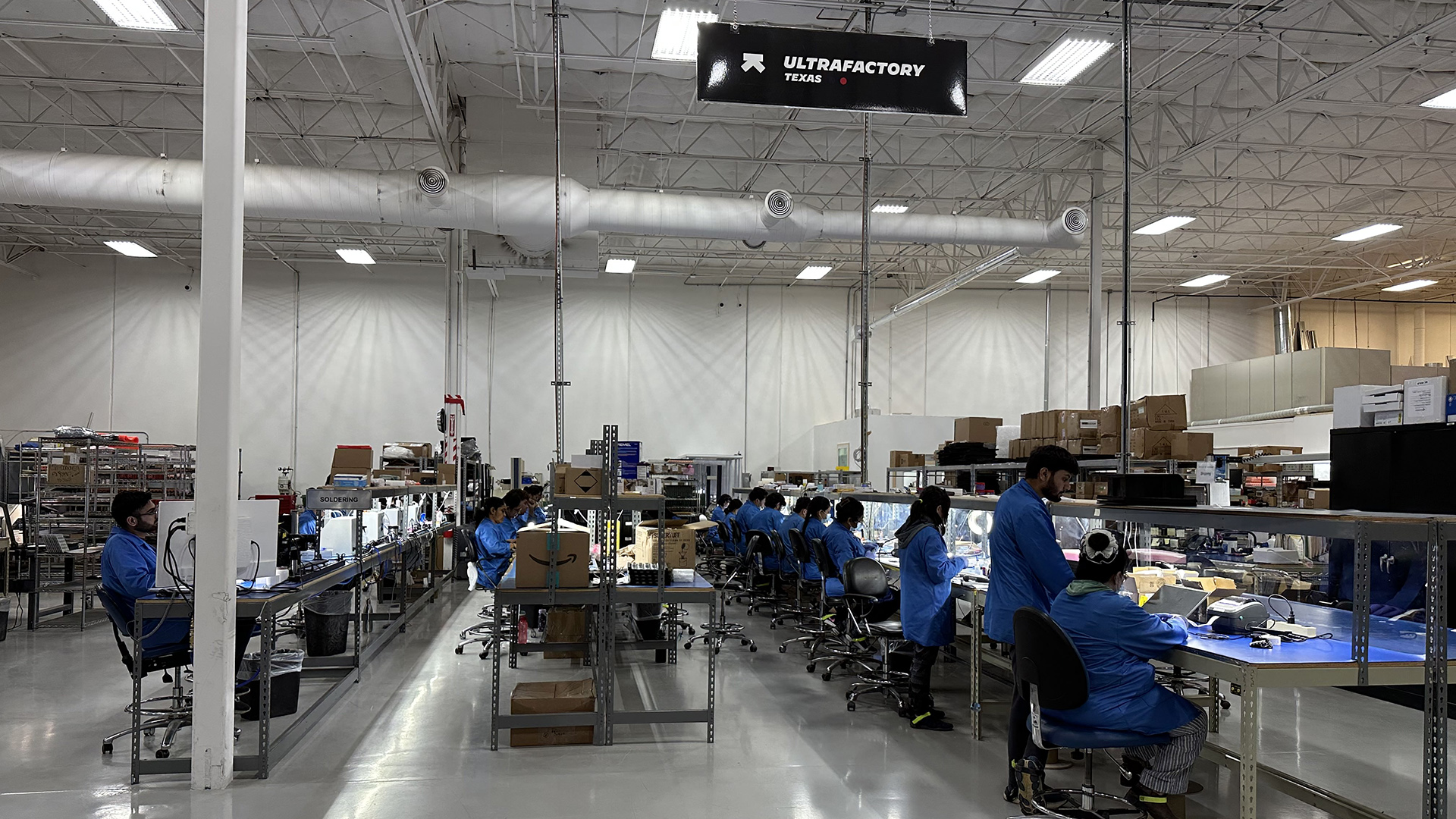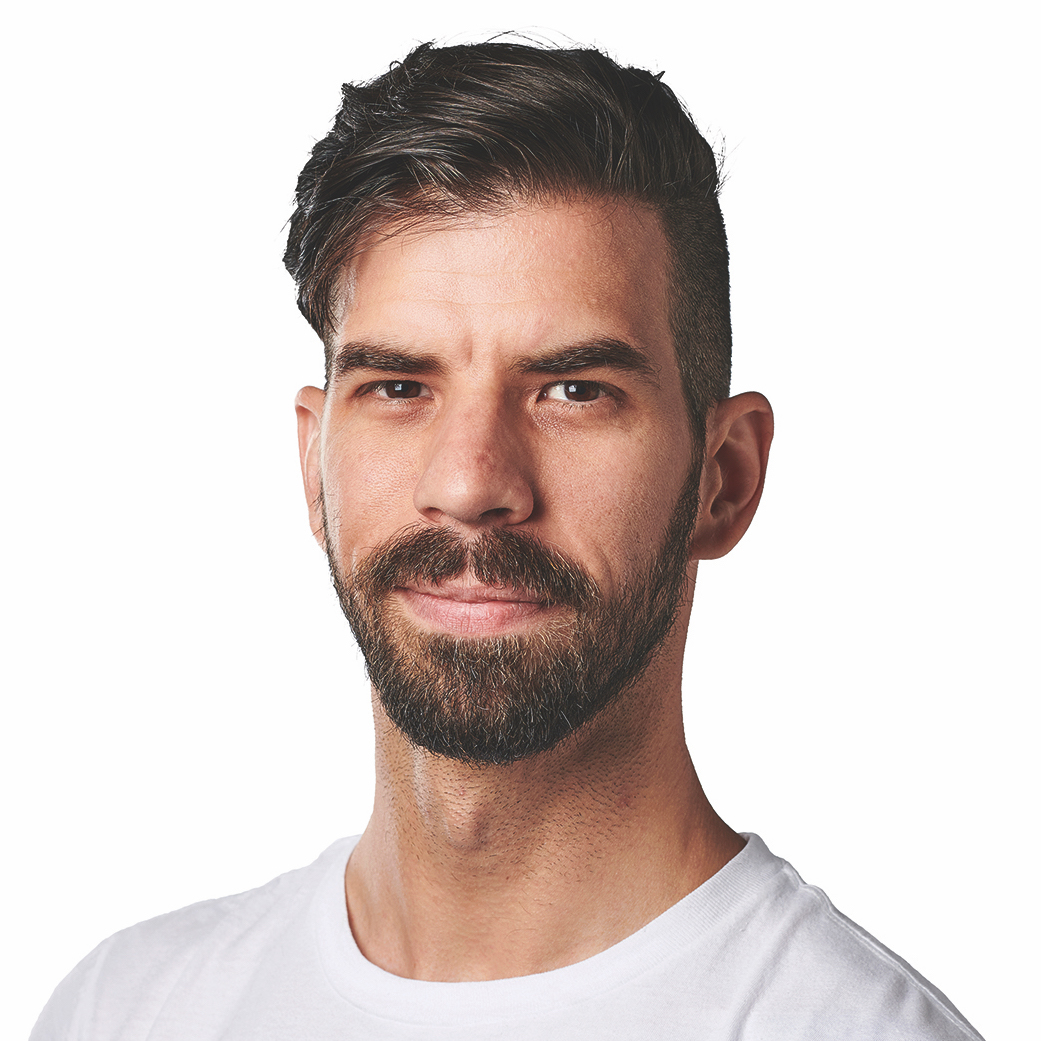Why Ultrahuman’s U.S. factory expansion could change the smart ring race
A Texas factory, 500K smart rings annually, and a tariff-proof strategy


The smart ring market is heating up, and Ultrahuman just made a move that could tip the balance.
The health-tech brand behind the sleek Ultrahuman Ring AIR has announced a major expansion of its UltraFactory in Plano, Texas, which could transform the dynamics of wearable tech.
By scaling up to serve 100% of U.S. demand from within the country, Ultrahuman is making a long-term bet on speed, resilience, and geopolitical foresight.
The UltraFactory, built in partnership with U.S.-based electronics manufacturer SVtronics, has been operational since November 2024.
Now, the company says it’s significantly ramping up capacity, with plans to produce more than 500,000 units annually. That number is big, but the implications are even bigger.
“Bringing manufacturing to the US is a key step in our vision to empower more people with real-time health insights,” said Ultrahuman CEO Mohit Kumar.
“[The increased production] allows us to deliver products faster, enhance quality control, and further strengthen our commitment to American consumers.”
Get all the latest news, reviews, deals and buying guides on gorgeous tech, home and active products from the T3 experts

A tariff-proof smart ring strategy
The timing is crucial. With new U.S. tariffs looming on imported electronics and health devices, Ultrahuman’s early move to onshore production now looks like a masterstroke.
While other wearable brands may face rising costs or delayed shipments, Ultrahuman can operate at full speed on American turf.
Tariffs are already reshaping the consumer tech landscape. The U.S. has imposed a 145% tariff on Chinese-made electronics, and recently closed the de minimis loophole that allowed many low-value items to enter duty-free.
India hasn’t been spared either, with wearables facing a combined 36% import tax.
To soften the blow, companies like Microsoft and Sennheiser have quietly raised prices worldwide: Microsoft’s Xbox Series X now costs $600 in the U.S., with similar hikes in Europe and the U.K.
It’s a global balancing act aimed at keeping American sticker prices tolerable without eating into profits.
Ultrahuman’s strategy, by contrast, avoids these ripple effects altogether.
Domestic production not only shields it from international trade swings, but it positions the company as more attuned to American consumers’ expectations in a politically charged market.
It also sets the company apart in a category where nearly every other player (including the maker of the Oura Ring 4) still relies on overseas manufacturing.
“Our mission has always been to revolutionise human performance,” Kumar added. “The UltraFactory represents a leap forward, not just for Ultrahuman, but for the future of smart health wearables in the US.”
More than just manufacturing
Technically speaking, producing miniaturised hardware like the Ring AIR at scale is no small feat.
It requires precision engineering, advanced materials, and tightly integrated manufacturing processes.
The UltraFactory brings all of that under one roof, something few wearable companies have managed, let alone on American soil.
The company expects the facility to create hundreds of high-skilled jobs, driving economic growth and solidifying Plano’s position in the health-tech landscape.
As the smart ring market expands and U.S. regulations tighten, Ultrahuman’s move to scale manufacturing in Plano could prove to be a major competitive advantage.
Head over to Ultrahuman for more info.

Matt Kollat is a journalist and content creator who works for T3.com and its magazine counterpart as an Active Editor. His areas of expertise include wearables, drones, fitness equipment, nutrition and outdoor gear. He joined T3 in 2019. His byline appears in several publications, including Techradar and Fit&Well, and more. Matt also collaborated with other content creators (e.g. Garage Gym Reviews) and judged many awards, such as the European Specialist Sports Nutrition Alliance's ESSNawards. When he isn't working out, running or cycling, you'll find him roaming the countryside and trying out new podcasting and content creation equipment.
You must confirm your public display name before commenting
Please logout and then login again, you will then be prompted to enter your display name.